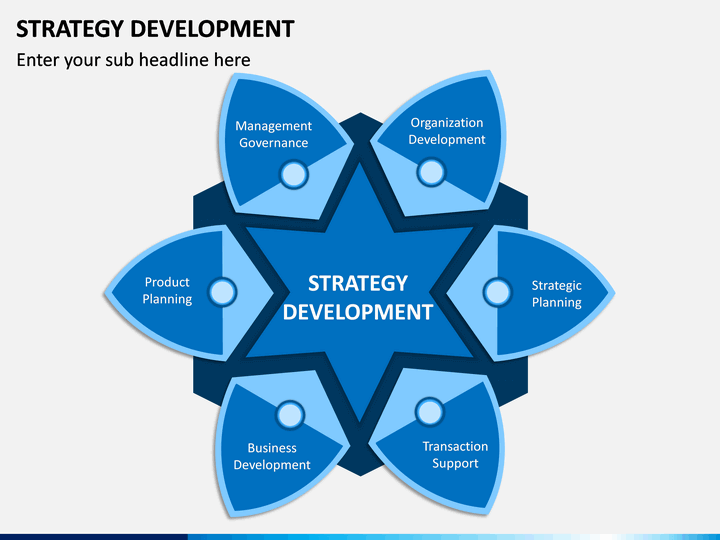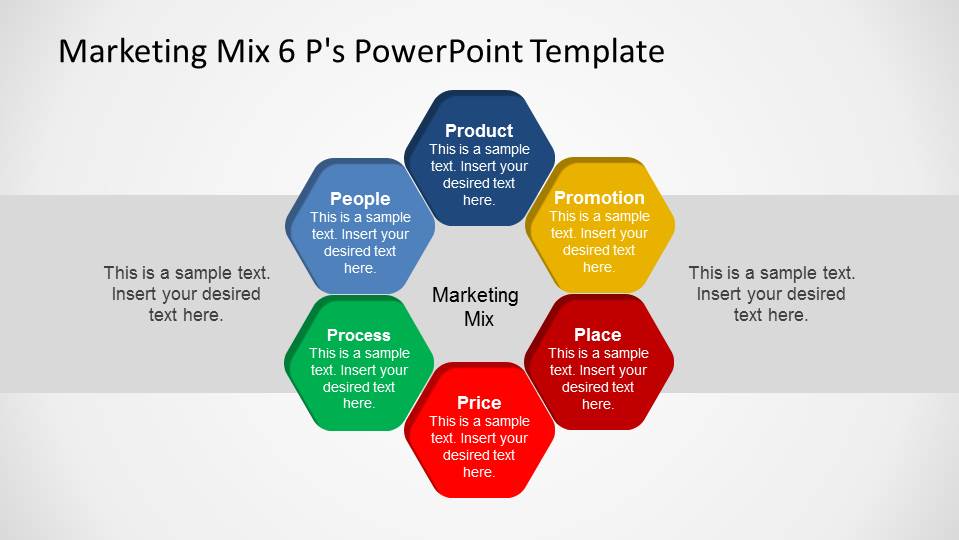

If the array has only one value, that value is returned. The Stream map () method has the following syntax. Example 2: Finding all distinct salaries among all employees.

The callbackfn function returns a value passed onto the callbackfn function for the next element. Example 1: Converting a Stream of Strings to a Stream of Integers. Lastly, the array itself is taken as the fourth argument. This is followed by the index of the element as the third argument. The reduce method gives arguments to the passed function in the following order: function callbackfn(prev: any, curr: any, index: number, array: number)įor each element, the callbackfn will be passed with the previous callbackfn function’s return value as the first argument, and the value of the element as the second argument. It uses the reduced value of the previous element to the next. The reduce method takes a function invoked for each element in the array. With this sequence, the equation (1) can then be used to simulate a sample path or trajectory of stock prices, fs S 1 S 2 ::: S Ng. Step 2: Once the data are collected and compiled, the next step is to statistically estimate a function that relates property values to the property. The syntax of the method is as follows: arr.reduce() 1 with probability 1/2 1 with probability 1/2 (2) By using Mathematica, it is very easy to create a sequence of random num-ber. This method leaves the original array unchanged. The reduce method reduces the array to a single value from left to right. This callbackfn function takes between 0 to 3 arguments.įinally, a new array with all the returned values from the callbackfn function will be returned by the map method.

Lastly the array itself as the third argument. function callbackfn(value: any, index: number, array: any)įor each element, the callbackfn will be passed with the value of the element as the first argument, followed by the index of the element as the second argument. The function that is be passed is given arguments by the map method in the following order. The map method will take a function invoked for each element in the array as in input. Explore economy, penetration, skimming, and premium pricing. It holds the value of passed to the function. Use the Pricing Strategy Matrix when deciding how much to charge for your product or service.
2 BY 2 PRICING METHOD MAP PLUS
Cost plus pricing: Usually no external market and leads to sub optimal decision making 5.3. Set a price based on what the competition charges. Market Price- Best to use (In perfectly competitive market) 5.2.

Does not take into account that demand may influence selling price 3. Does not factor FC in pricing, so they may not be covered in the long term 2.4. Avoids random apportionment of overheads 2.3. Marginal cost pricing (Based on variable costs only) 2.1. Average flatbed rates average at 3.14 per mile. Pricing can be the most challenging due to different market forces and pricing structures around the world. Reefer rates are averaging 3.19 per mile, with the lowest rates being the Northeast at 2.47 per mile. Pricing your product properly, giving complete and accurate quotations, choosing the terms of the sale, and selecting the payment method are four critical elements in making a profit on your export sales. Here are the current rates for the most popular freight truck types: Overall average van rates vary from 2.30 2.86 per mile. It does take not take into account that demand may influence selling price 2. As of July 2021, trucking rates per mile remain steady.
2 BY 2 PRICING METHOD MAP FULL
Full cost - plus pricing (Based on total cost OR on total production cost) 1.1. CH5: Pricing Calculations by Natalie Dimond 1.


 0 kommentar(er)
0 kommentar(er)
